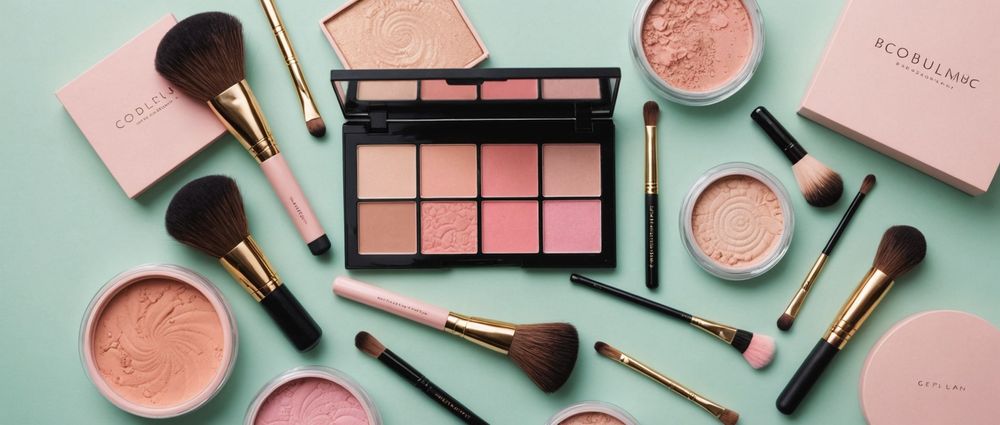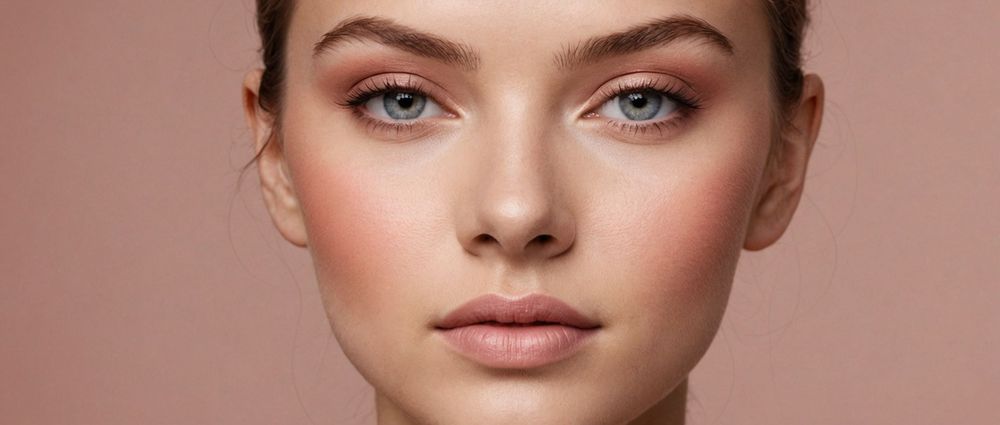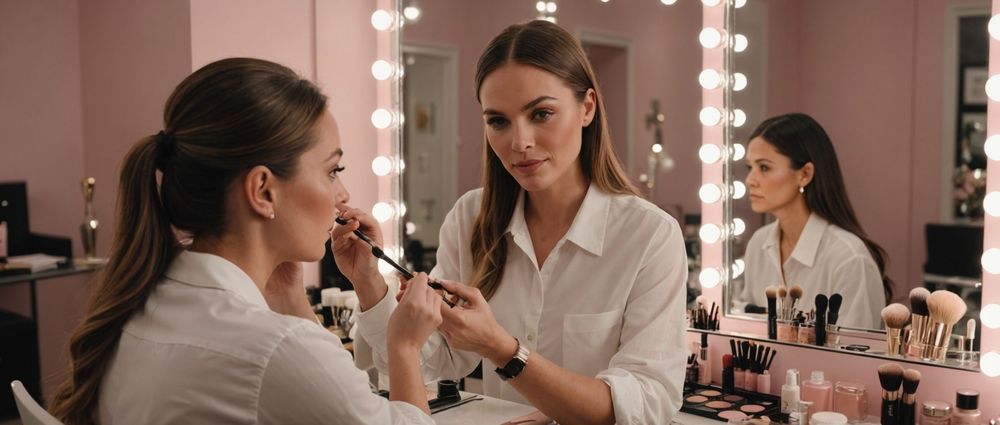
Here’s How to Master the Art of Blush Layering
Blush layering is a makeup technique that enhances your complexion while providing a natural glow. By skillfully applying different shades and formulations, you can create depth, dimension, and a radiant finish on your cheeks. Mastering this technique can elevate your makeup game, making your look polished and professionally executed. In this article, we’ll explore methods and tips for perfecting your blush layering, breaking down the steps and key considerations along the way.
Understanding Blush Layering

Blush layering is not just about adding color to your cheeks; it’s about creating a tailored look that complements your skin tone and overall makeup. The goal is to build up color gradually, allowing for control over the intensity and effect achieved. This technique is particularly beneficial for those wanting a naturally flushed appearance, as it allows for blending various textures and hues. To master this art, it’s crucial to understand the different types of blush available:
- Powder Blush: Ideal for oily skin types and provides a matte finish.
- Creme Blush: Offers a dewy finish, perfect for dry skin.
- Liquid Blush: Provides buildable coverage and can mix well over or under foundation.
- Gel Blush: Lightweight and refreshing, giving a natural flush.
Each type of blush has its characteristics and can be used in combination for the ultimate layering result. Familiarizing yourself with these textures will greatly enhance the quality of your blush application.
Choosing the Right Shades

The next step in mastering blush layering involves selecting the right shades for your skin tone. Consider the following categorizations to better understand your choices:
- Cool Tones: Opt for colors like pink, berry, or violet.
- Warm Tones: Choose shades like peach, coral, or bronze.
- Neutral Tones: You can experiment with both cool and warm shades, finding what suits you best.
After determining your skin tone, try different hues together. Layering shades can add visual interest and create a vibrant yet seamless look. It’s key to keep the layering complementary, so always consider how the shades will work together on your complexion.
Techniques for Blush Layering
To achieve a flawless blush layering effect, follow these techniques:
- Start with a Base: Begin with a light application of a cream or liquid blush for a dewy base. Use your fingers or a makeup sponge to apply it in circular motions.
- Set it with Powder: After the base has dried, apply a powder blush in a similar tone to set the initial layer. This helps to lock the color in place and adds longevity.
- Build Up Layers: Gradually add more blush if desired. Apply the second color, focusing on the apples of your cheeks and blending upwards toward your temples.
- Blend, Blend, Blend: Blending is crucial in achieving a seamless look. Use a clean brush or sponge to soften any harsh lines created during application.
- Highlight: Finally, add a touch of highlighter on top of the cheeks to bring a radiant finish to your look.
By mastering these techniques, you will be able to create a polished and stunning blush application that enhances your features.
Knowing When and Where to Apply Blush
Strategically applying blush is essential to achieving the desired effect. As a general guideline, the placement should be based on your face shape:
- Round Face: Apply blush slightly above the apples and blend towards the temples.
- Oval Face: Blush can be applied to the center of the cheeks with some blending outward.
- Square Face: Focus blush on the apples but extend slightly beyond to soften angles.
- Heart-Shaped Face: Concentrate on the apples and then blend towards the hairline.
Understanding your face shape will allow you to tailor your blush application, creating balance and softening any harsh angles or features you might want to minimize.
Conclusion
Mastering the art of blush layering is a rewarding endeavor that unlocks a new level of makeup artistry. By understanding different blush formulations, shade selection, and application techniques, you can create glowing cheeks that complement your overall look effortlessly. Remember to refine your skills through practice and experimentation, making adjustments based on your unique features and preferences. With these tips in hand, you’ll be well on your way to achieving the perfect flush of color every time.
FAQs
1. Can I mix different types of blush?
Absolutely! Mixing cream and powder blush can create dimension and longevity. Just ensure to blend well to avoid patchiness.
2. What tools should I use for applying blush?
For cream blush, use your fingers or a sponge, while a fluffy brush is ideal for powder blush. Make sure tools are clean for optimal application.
3. How do I know which color of blush to choose?
Identify your skin tone—cool, warm, or neutral—and select blush shades that complement it. Testing different colors can also help you find your favorite.
4. Can I wear blush without foundation?
Yes! Blush can be applied on bare skin or over lotion for a fresh, natural look. Choose lightweight formulations for a more sheer effect.
5. How can I make my blush last longer?
To prolong the wear, use a primer before applying makeup, layer cream blush under powder blush, and finishing with a setting spray can help too.
Reading time 6 minutesBlush layering is a makeup technique that enhances your complexion while providing a natural glow. By skillfully applying different shades and formulations, you can create depth, dimension, and a radiant finish on your cheeks. Mastering this technique can elevate your makeup game, making your look polished and professionally executed. In this article, we’ll…